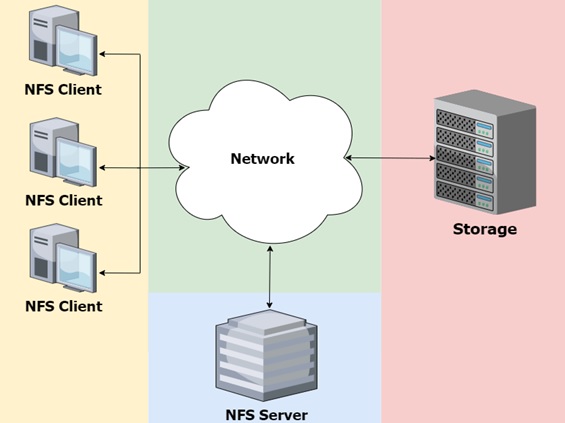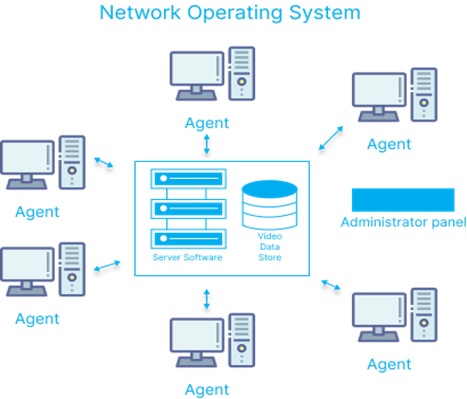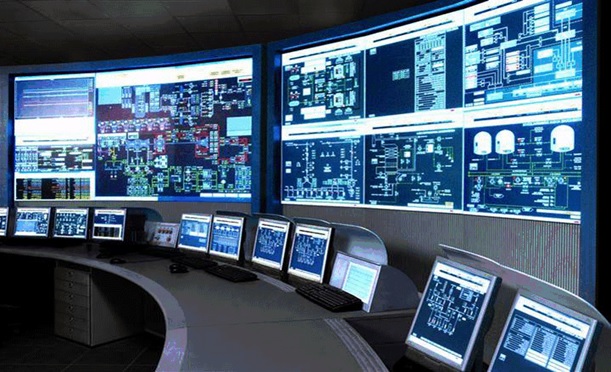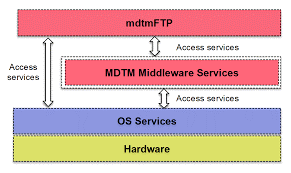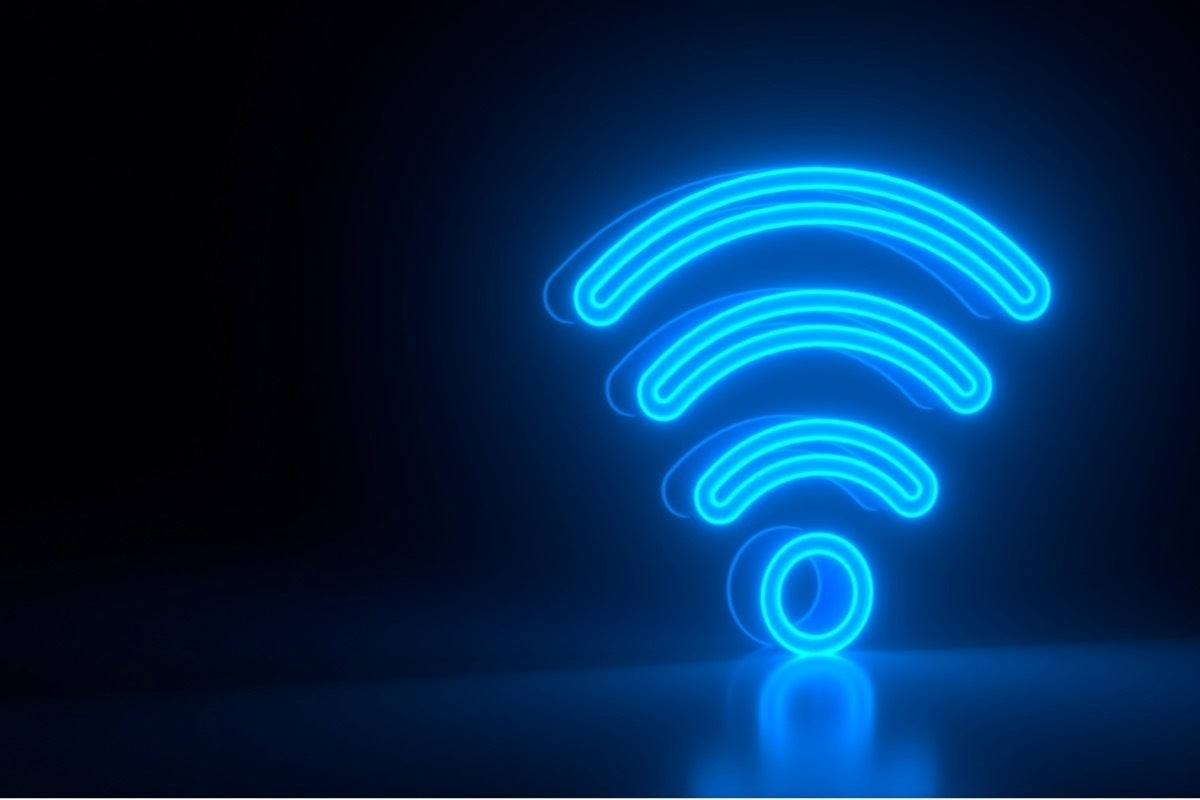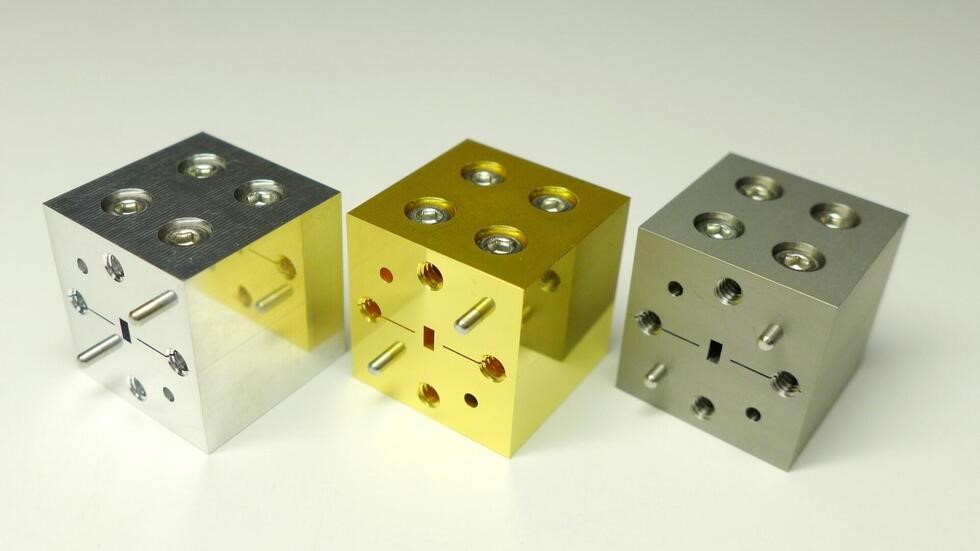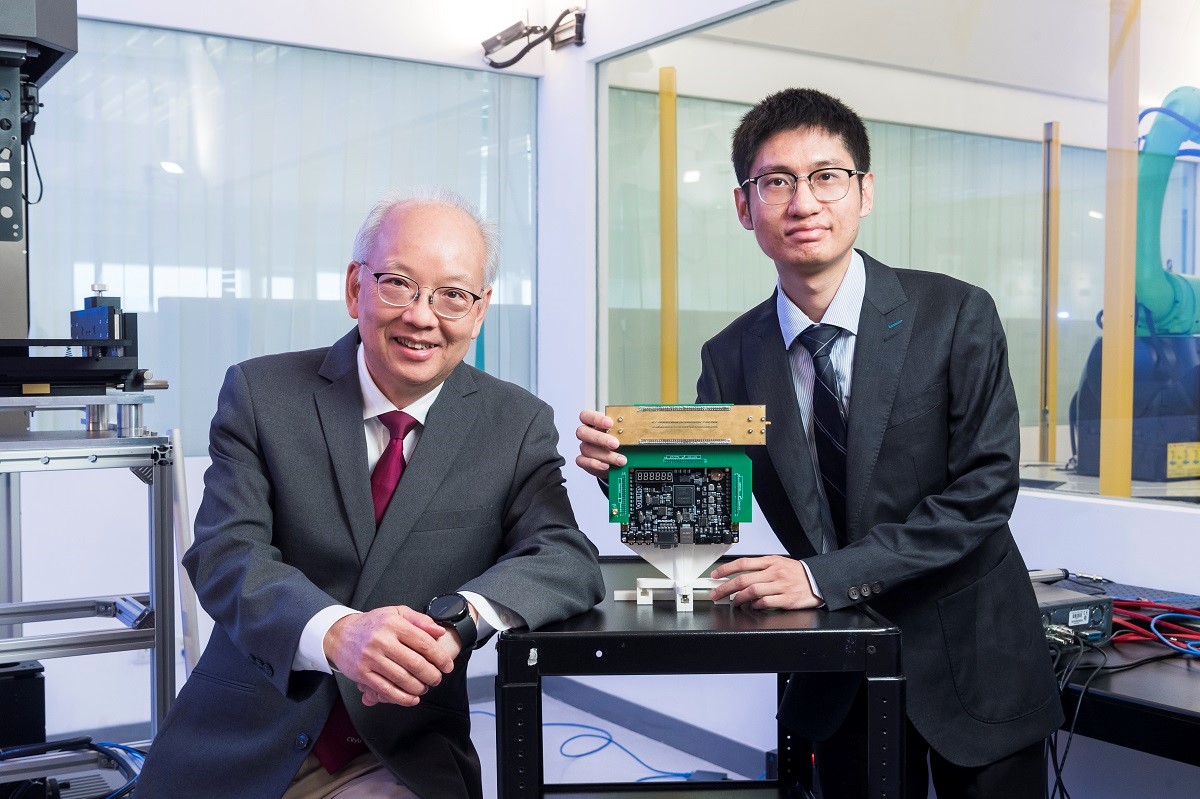The journey of Ethernet has barely just begun when it turns 50
Indeed, Ethernet, the widely used networking technology, has reached a significant milestone with its 50th anniversary. Developed by Robert Metcalfe and his team at Xerox PARC in 1973, Ethernet has since become the foundation of local area networks (LANs) and is an integral part of our modern digital infrastructure.
Ethernet's impact on the world of technology and communication cannot be overstated. It revolutionized the way computers and devices communicate with each other, enabling the creation of interconnected networks and the internet as we know it today. Initially, Ethernet operated at speeds of 2.94 megabits per second (Mbps), but over the years, it has evolved to support speeds ranging from 10 Mbps to 100 Gbps and beyond.
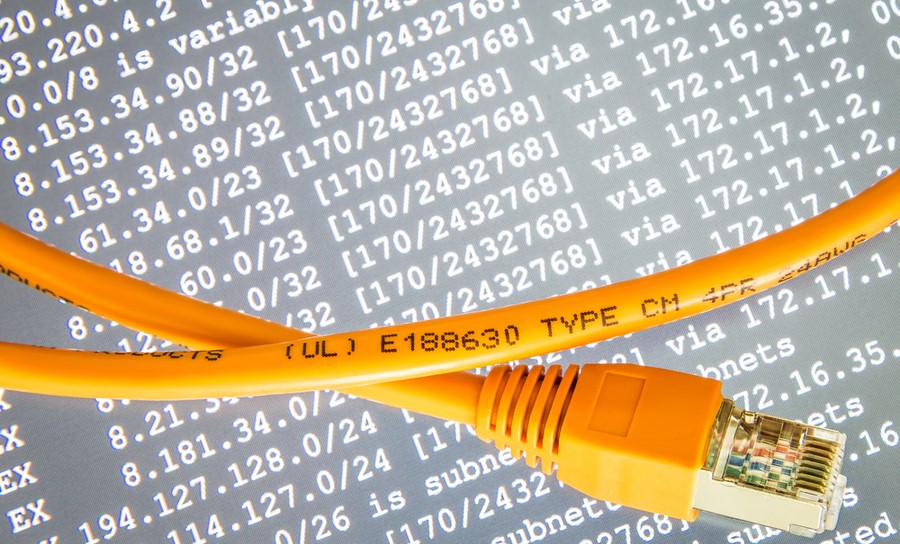
Figure 1. The journey of Ethernet has barely just begun when it turns 50
The journey of Ethernet has barely just begun when it turns 50 is shown in figure 1. Flexibility and adaptability are important characteristics of the technology, which he said, “has become the default answer for any communication network, whether it is connecting devices or computers, which means that in nearly all cases there is no need to invent yet another network.”
When COVID hit, Ethernet was an important part of how businesses responded, said Mikael Holmberg, distinguished system engineer with Extreme Networks. “Looking back at the sudden shift to remote work during the global COVID outbreak, one of Ethernet's most transformative applications is undoubtedly its role in facilitating a distributed workforce”.
Ethernet networks have grown larger, faster, and more diverse since the standard first came about. Standard Ethernet speeds range from 10 megabits per second (Mbps) to 400 gigabits per second (Gbps). Each new standard does not make the older ones obsolete, however. An Ethernet controller runs at the speed of the slowest connected device, which is helpful when mixing old and new technology on the same network.
Moreover, Ethernet is being deployed beyond traditional wired connections. Wireless Ethernet standards such as Wi-Fi have become prevalent, enabling seamless connectivity for mobile devices and expanding network access.
Furthermore, Ethernet is playing a crucial role in the development of next-generation technologies like 400 Gigabit Ethernet (400 GbE) and 800 Gigabit Ethernet (800 GbE). These advancements will support the increasing data demands of applications like high-resolution video streaming, big data analytics, and the interconnection of massive networks.
In summary, while Ethernet celebrates its 50th anniversary, its journey is ongoing. It remains the cornerstone of modern networking and continues to adapt to the evolving needs of our connected world. As we look ahead, Ethernet will undoubtedly be a vital technology that shapes the future of communication, paving the way for further innovation and connectivity.
References:
- https://www.networkworld.com/article/3697013/ethernet-turns-50-but-its-voyage-has-only-begun.html
- https://www.britannica.com/technology/Ethernet
Cite this article:
Gokula Nandhini K (2023), The journey of Ethernet has barely just begun when it turns 50, AnaTechMaz, pp.114


